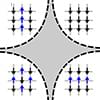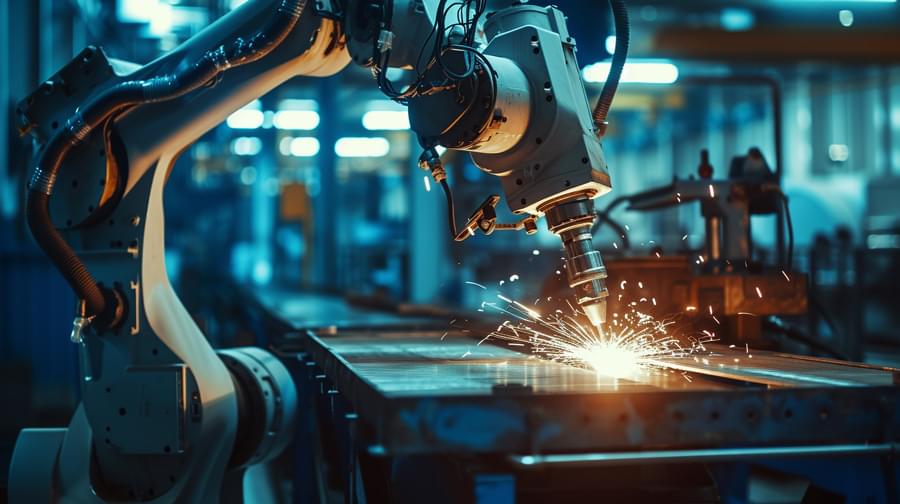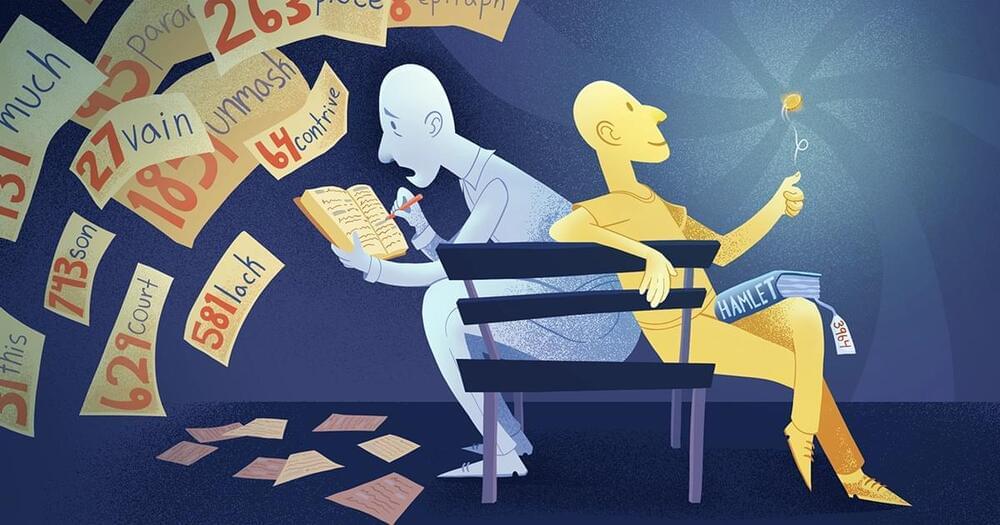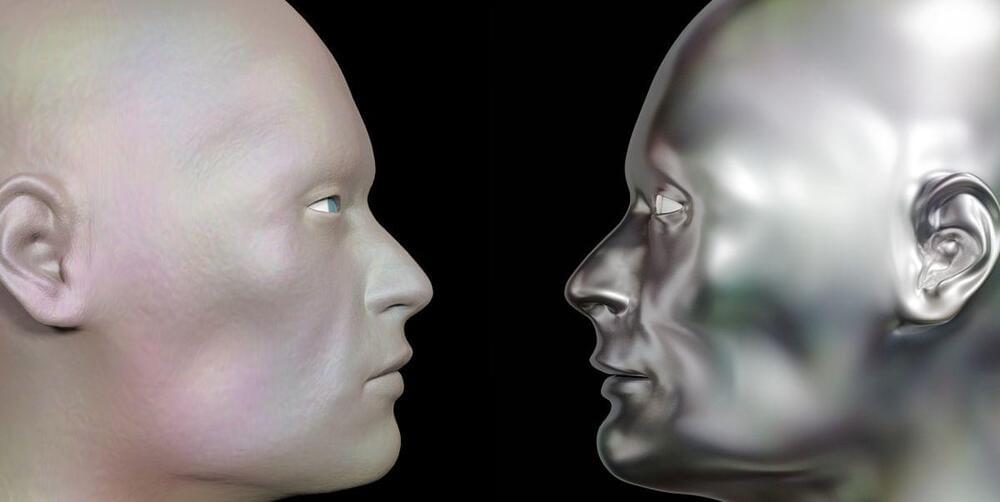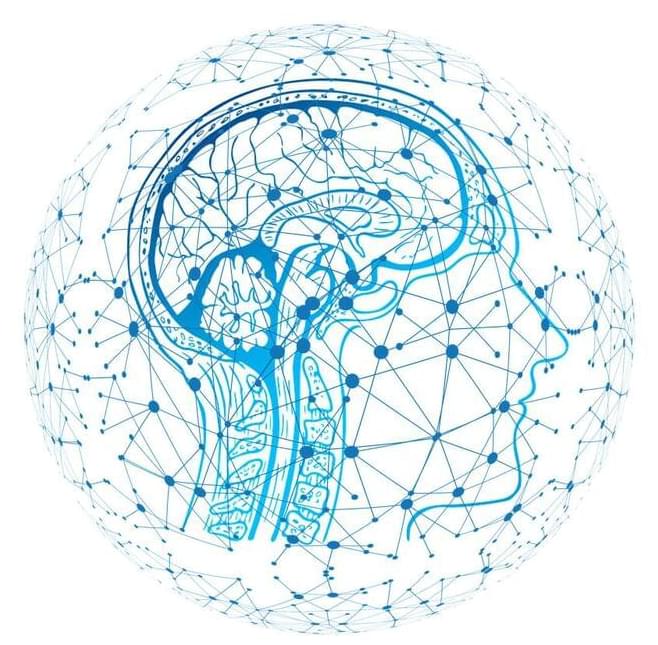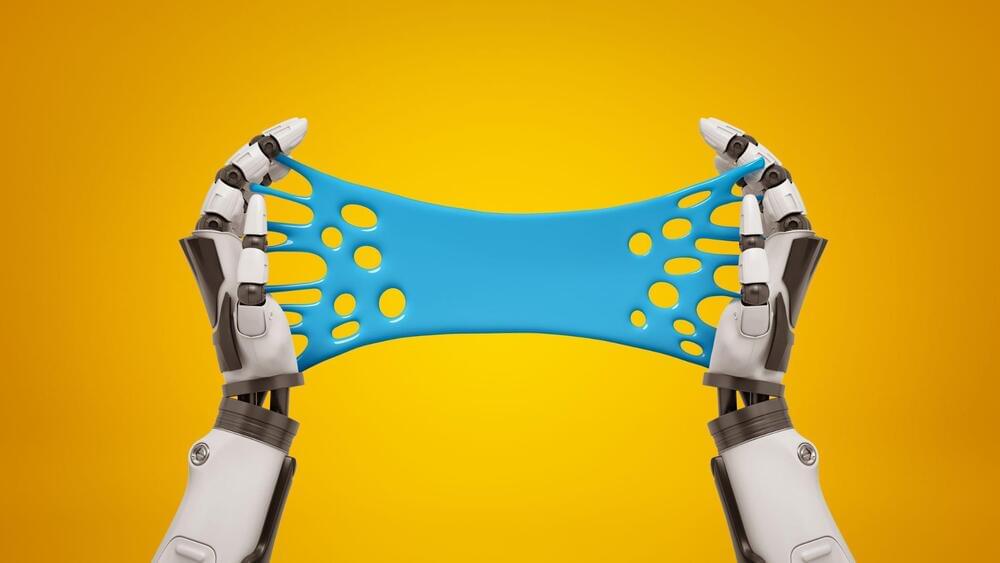May 17, 2024
Artificial Intelligence Will Defeat CAPTCHA — How Will We Prove We’re Human Then?
Posted by Dan Breeden in categories: information science, internet, mathematics, robotics/AI
If you use the web for more than just browsing (that’s pretty much everyone), chances are you’ve had your fair share of “CAPTCHA rage,” the frustration stemming from trying to discern a marginally legible string of letters aimed at verifying that you are a human. CAPTCHA, which stands for “Completely Automated Public Turing test to tell Computers and Humans Apart,” was introduced to the Internet a decade ago and has seen widespread adoption in various forms — whether using letters, sounds, math equations, or images — even as complaints about their use continue.
A large-scale Stanford study a few years ago concluded that “CAPTCHAs are often difficult for humans.” It has also been reported that around 1 in 5 visitors will leave a website rather than complete a CAPTCHA.

